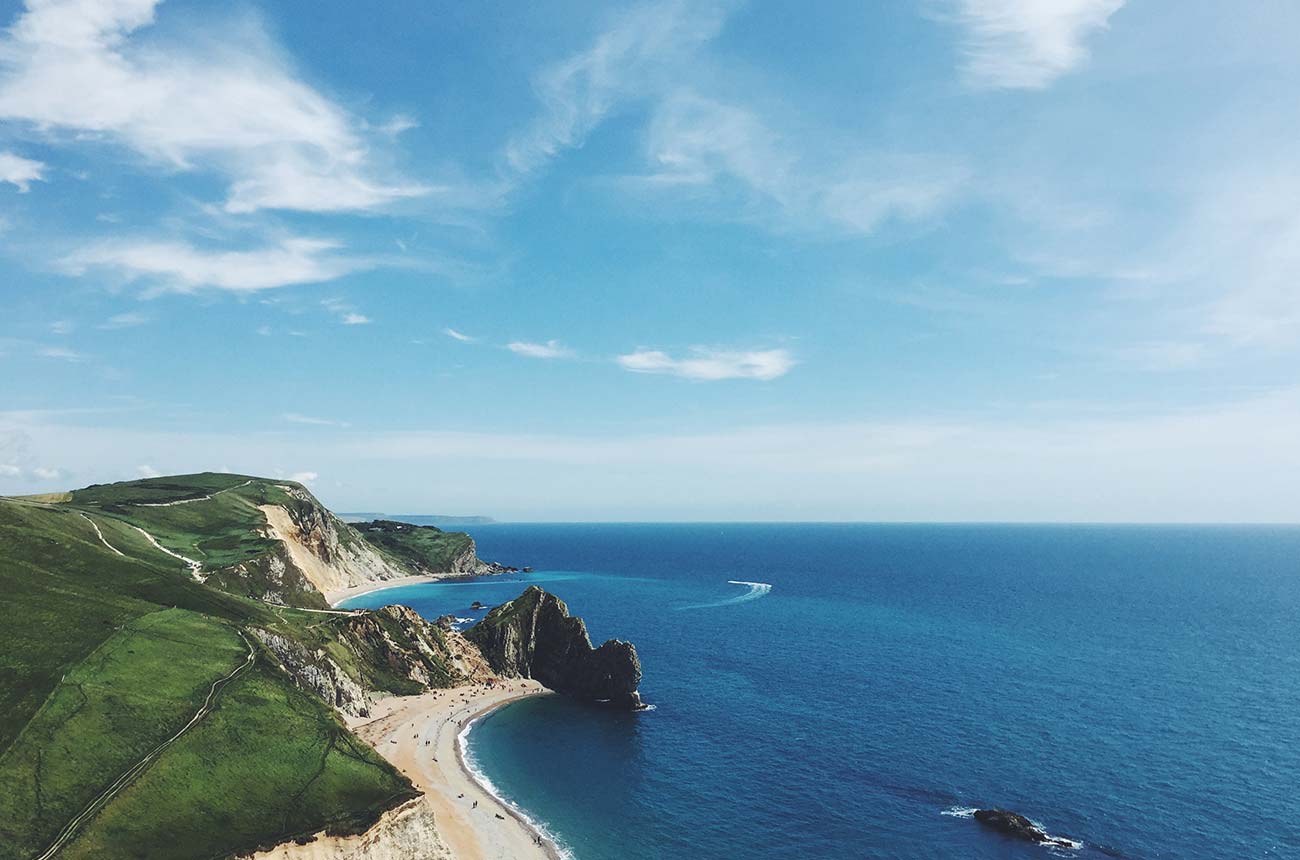Suspension Bridge Design

The Art of Suspension Bridge Design
Suspension bridges are known for their aesthetic appeal and engineering prowess. This article explores the fundamental design principles that make these structures possible.
Key Components
Suspension bridges consist of several key components, including:
- Deck: The roadway that vehicles travel on.
- Cables: The main support system that holds the bridge up.
- Towers: Vertical structures that support the cables.
Design Considerations
When designing a suspension bridge, engineers must consider factors such as load distribution, wind resistance, and material strength. Each of these elements plays a crucial role in the bridge's overall stability and safety.
"Suspension bridges are not just functional; they are also works of art that enhance the landscape."
Related News

Bridge Materials Innovation

Dam Flood Management

Dam Ecosystem Restoration

Bridge Traffic Management

Bridge Repair Techniques

Dam Safety Regulations

Innovations in Bridge Engineering

Eco-Friendly Dam Projects

Suspension Bridge Design

Dam Restoration Techniques



